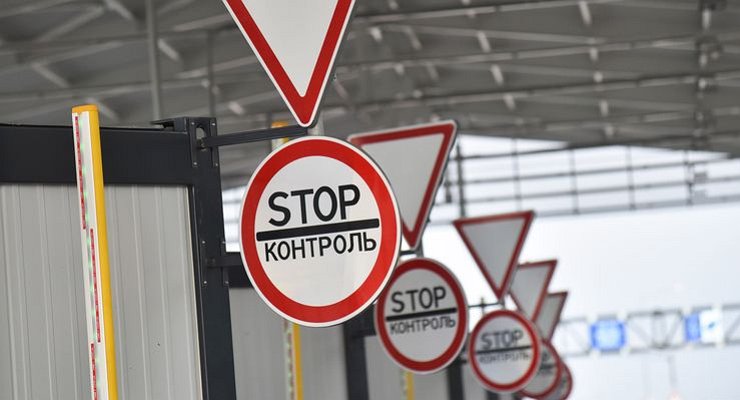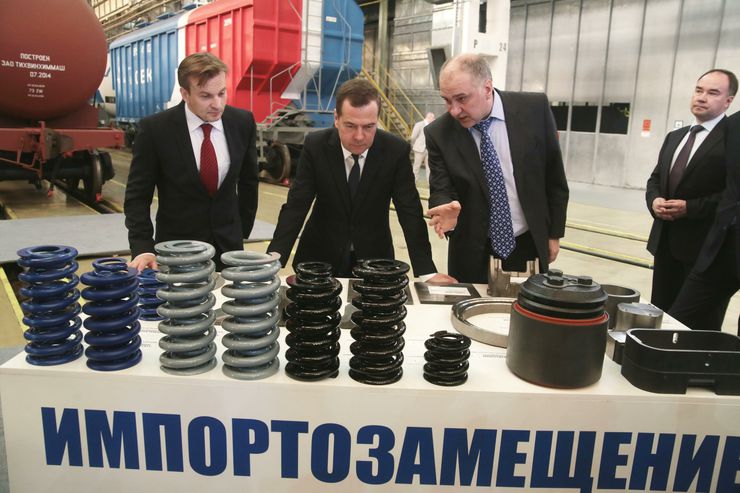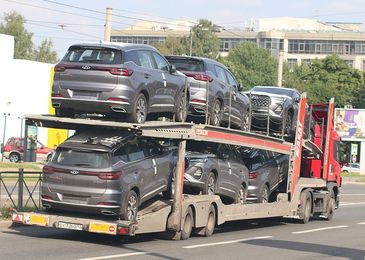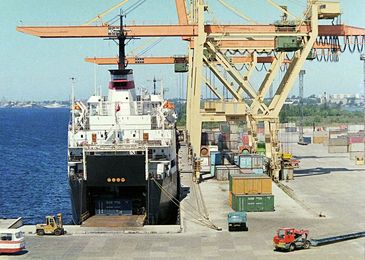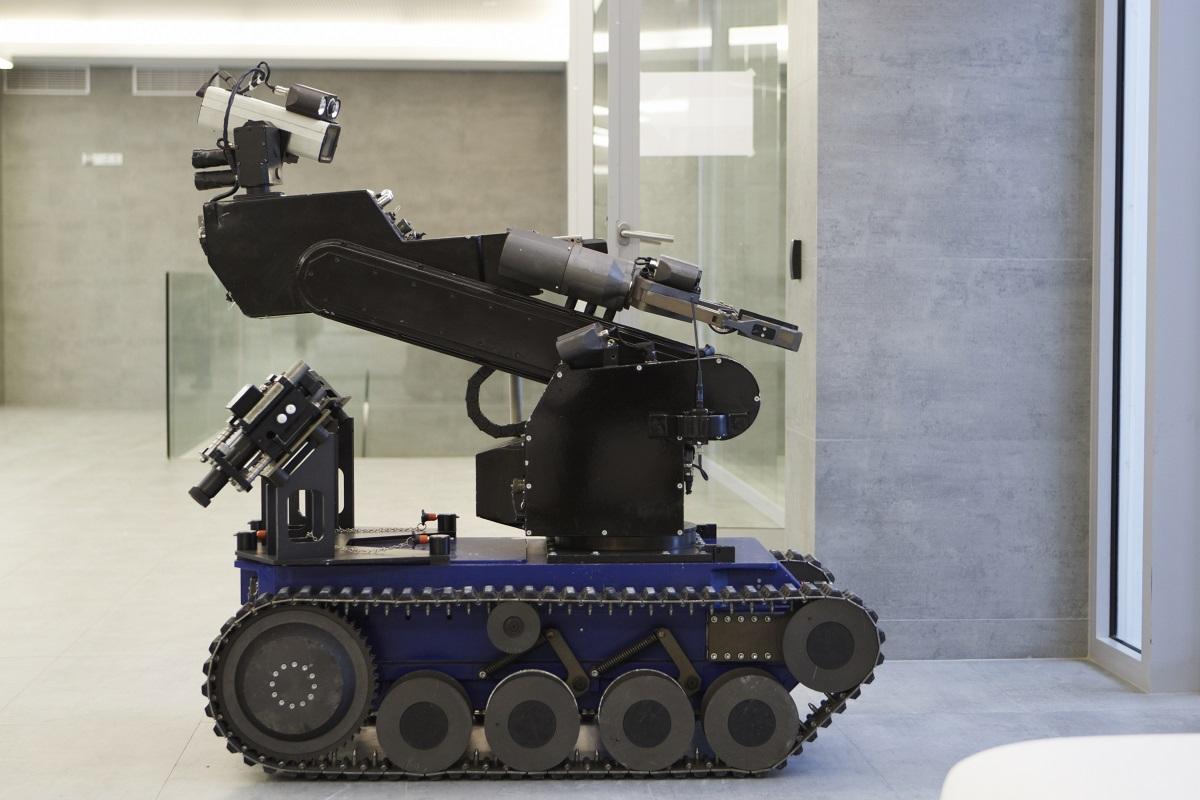For example, in February 2022, just before the start of the sanctions storm, 24,402 cars were imported into Russia by legal entities and 486 by private individuals. By September, it was becoming clear to even the most stubborn optimists that the bad weather would be long overdue. But this insight did not lead to a revival of the market – on the contrary.
In the first month of autumn, “Yuriki” delivered a miserable 7692 cars to our country, although “Physics” – 3600 pieces. Yes, our smaller brothers have done their best and increased their contribution to the final figures by almost 8 times, but only about 500 cars fall under the strict definition of parallel imports.
With 44,398 vehicle registrations in September, the combined efforts of both legal entities and private individuals yielded only a quarter of that. This has in no way lifted the market out of the hole it has been in for months. For the fall in September compared to the same month last year was 60%, regardless of any doors wide open by customs.
Against the general dull background, timid voices of incomplete optimists were heard – they say that thanks to parallel imports, the choice of models presented in Russia has expanded significantly, and our drivers can buy very exotic cars like the Volkswagen ID.6. , Mercedes-Benz EQE 350, Mercedes-Benz EQV, Skoda Scala, Skoda Kamiq. So it is, only such curiosities are few. And 63% of the production of “yuriks” is officially imported “Chinese”, and not the cheapest. Yes, and “physicists” do not like diversity and usually focus on the “Japanese”, 68% of which are part of the range of vehicles they provide.







